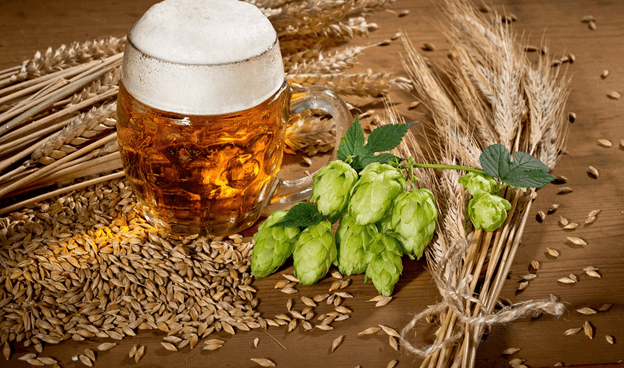Several drinks fall in the category of beers. The difference between the drinks lies in the areas of the manufacturer and the raw materials used in their making. However, the common factor between all these drinks referred to as beer is that they are obtained from the process of fermentation of cereal grains in a malted state.
Beer making is a process that has taken place for centuries. In the past, it was a cottage craft. However, the art has grown into a modern industry recognized globally. Currently, the brewing industry is a multi-billion-dollar industry. Companies that manufacture equipment for mass beer production like Deruna make this possible. In this post, we discuss the primary raw of materials used in the brewing process.
Role Materials for Making Beer
As much as different firms try to make unique flavors and tastes for their beer to stand out from the crowd, four primary raw materials stand constant in the beer-making process.
- Water- this is a crucial element in beer production. Specialists in the industry report that ninety percent of the finished beer product is water. Since water is the main component of beer, it dramatically affects the taste of the product and its quality as well. Many are times when the water used in beer-making is not pure. It comprises of minerals that are dissolved into the liquid, like calcium. The minerals also affect the taste of the final product. Thus, the water used in brewing has to be clean, healthy, and used in the right amount and composition least; it causes harm to consumers and affects the quality of the product negatively.
- Grain– different types of grains are used in the brewing process. Examples include rice, wheat, and barley (which are the most commonly used grain). Regardless of the type of grain, it is referred to as malt, and it contributes significantly to the flavor as well as the color of the final product. The grain is subjected to conditions that convert its starch into sugar, which is converted into carbon and alcohol in the fermentation process in the presence of yeast.
- Hops– this product is harvested from the flower of the hops plant. The plum-sized cone that resembles an artichoke features a group of lupins. Lupins are small, sticky, yellow goblets that store acids and oils. These two products are responsible for the bitterness and the aroma in beer. The product also helps in the elimination of excess proteins, enhancement of foam, and acts as an organic preservative.
- Yeast– this is a sell-organism that contributes to the fermentation process. It helps in the conversion of the sugars from the grain into alcohol and carbon dioxide. Therefore, yeast is solely responsible for the process of fermentation.
Take Away
Regardless of the raw materials and the manufacture, the process of making beer is standard in all establishments. The process is so simple that it can be carried out successfully at home. However, large establishments use specialized types of equipment to fasten it and produce in large amounts.











